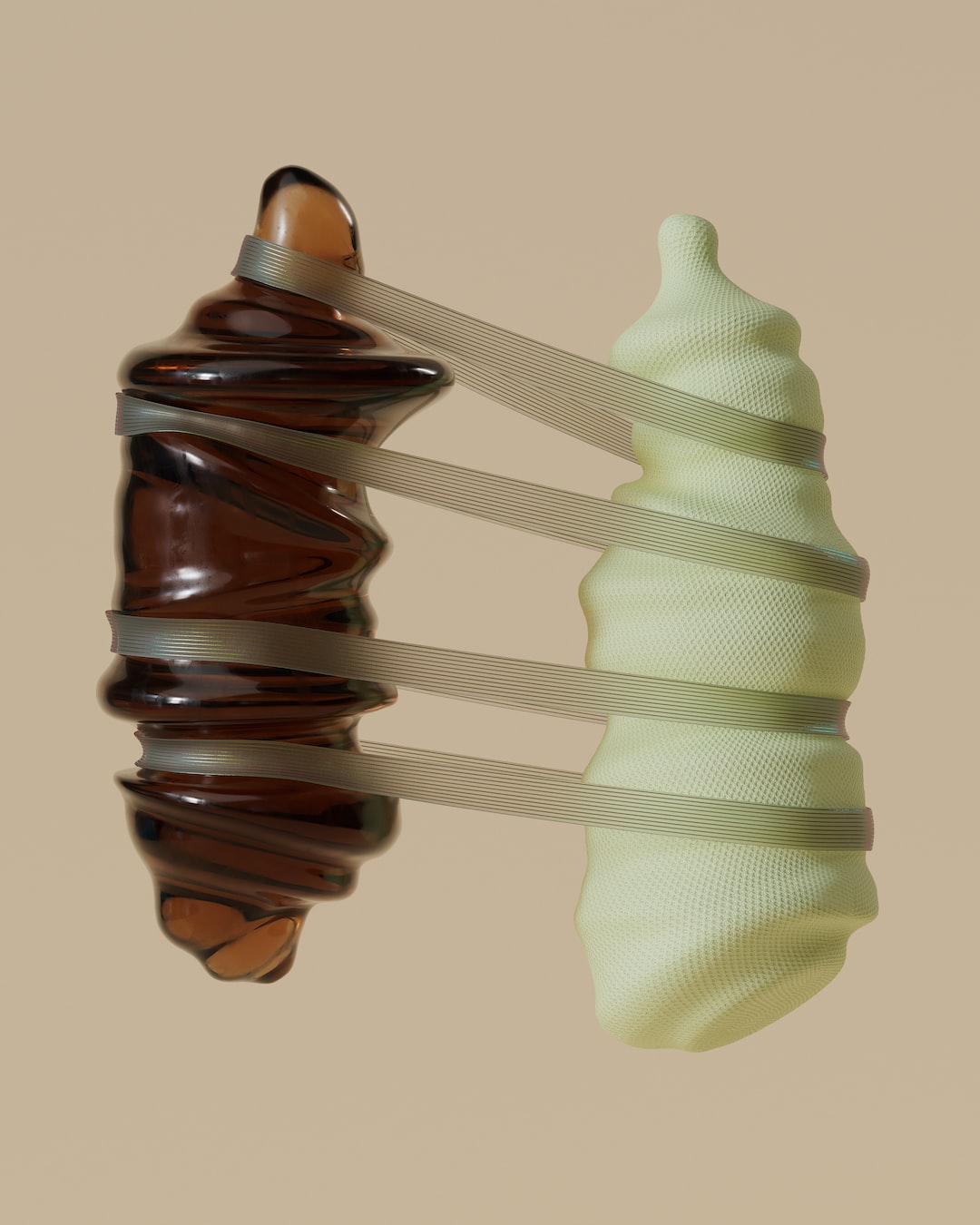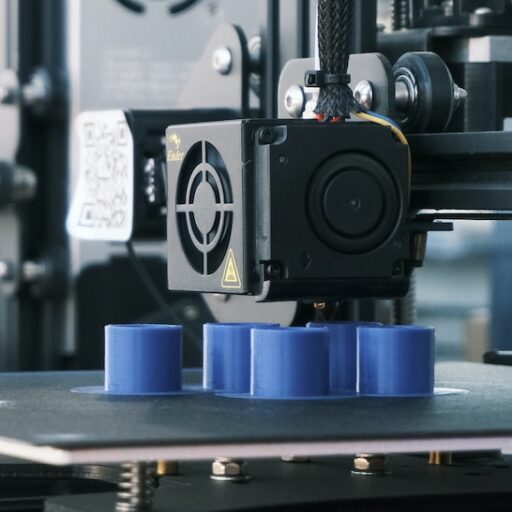Support our educational content for free when you purchase through links on our site. Learn more
What are the Examples of 3D Printing in 2023: A Comprehensive Guide

If you're new to the world of 3D printing, the question "What are the examples of 3D printing in 2023?" may initially seem overwhelming. With so many different types of 3D printers and materials available for use, it can be difficult to know where to start. But fear not! Our team at 3D Printed™ has put together a comprehensive guide to help answer this question and get you started on your 3D printing journey.
Early Examples of 3D Printing
Before we dive into the current and future examples of 3D printing, it's important to understand the history of this technology. The first ever 3D printed object was created in 1983 by Chuck Hull, using a process called stereolithography. Since then, 3D printing technology has advanced significantly and is now used in a wide range of industries, from aerospace to medicine.
Current Examples of 3D Printing
1. Automotive Industry
One of the most exciting applications of 3D printing in recent years has been in the automotive industry. With the ability to 3D print complex and intricate parts quickly and inexpensively, companies like Ford and BMW are using this technology to speed up their supply chains and reduce production costs.
2. Medical Industry
Another industry that has seen tremendous growth in the use of 3D printing is the medical industry. With the ability to 3D print patient-specific implants, prosthetics, and even human tissue, this technology is quickly becoming an integral part of modern medicine.
3. Aerospace Industry
The aerospace industry has also embraced 3D printing technology as a way to reduce weight and increase efficiency. NASA has been using 3D printing to create rocket engine parts, while companies like Airbus are using the technology to manufacture airplane components.
4. Fashion Industry
3D printing has also made its way into the world of fashion, allowing designers to create unique and innovative clothing and accessories. Companies like Adidas have even started 3D printing shoes, paving the way for a future where custom-fit footwear is the norm.
Future Examples of 3D Printing
1. Food Industry
One exciting area where 3D printing is expected to make a big impact in the coming years is the food industry. Researchers are already exploring the use of 3D printing to create customized meals that meet specific dietary requirements, as well as to print chocolate and other desserts in intricate shapes and designs.
2. Construction Industry
The construction industry is also expected to benefit greatly from 3D printing technology. With the ability to 3D print entire buildings and structures, this technology could revolutionize the way we build homes, offices, and other structures in the future.
3. Education Industry
As 3D printing technology becomes more accessible and affordable, we're also likely to see it become increasingly common in educational settings. 3D printers can be used to create models and prototypes for a variety of subjects, including science, engineering, and art.
4. Entertainment Industry
The entertainment industry is also likely to see a surge in 3D printing use in the future. Already, 3D printing is being used to create props and costumes for movies and TV shows. In the future, we may even see 3D printed characters come to life on the big screen.
Some Additional Notes on 3D Printing
Types of 3D Printing
There are many different types of 3D printing, each with its own strengths and weaknesses. Some of the most common types include fused deposition modeling (FDM), stereolithography (SLA), and selective laser sintering (SLS).
Benefits of 3D Printing
One of the biggest benefits of 3D printing is the ability to create custom and complex parts or objects quickly and affordably. Additionally, 3D printing has the potential to reduce waste and decrease shipping and production costs.
Drawbacks of 3D Printing
While 3D printing has many benefits, it's important to note that there are some drawbacks as well. For example, many 3D printers are limited in terms of the types of materials that can be used. Additionally, 3D printing can be a slow process, particularly for large or complex objects.
FAQ
What are the 4 most common types of 3D printing?
The four most common types of 3D printing are fused deposition modeling (FDM), stereolithography (SLA), selective laser sintering (SLS), and digital light processing (DLP).
What are the 8 main types of 3D printing?
The eight main types of 3D printing include FDM, SLA, SLS, DLP, binder jetting, material jetting, direct energy deposition, and sheet lamination.
What are two examples of 3D printers?
Two examples of 3D printers are the Ultimaker S5 and the Formlabs Form 3.
Quick Tips and Facts
- 3D printing can be used to create objects in a wide variety of materials, including plastic, metal, ceramics, and even human tissue.
- The global 3D printing market was valued at $13.7 billion in 2020 and is expected to reach $63.46 billion by 2025.
- Some 3D printers can print objects with moving parts already fully assembled.
- Many 3D modeling software programs are available for free online.
So, what are the examples of 3D printing? As you can see from this comprehensive guide, the possibilities are endless. Whether you're in the automotive, medical, aerospace, fashion, food, or construction industry, there are countless opportunities to harness the power of 3D printing to create custom and complex objects quickly and affordably. With its potential to revolutionize a wide range of industries, 3D printing truly is the future of manufacturing. And who knows? Maybe one day we'll even be able to 3D print our own homes!

